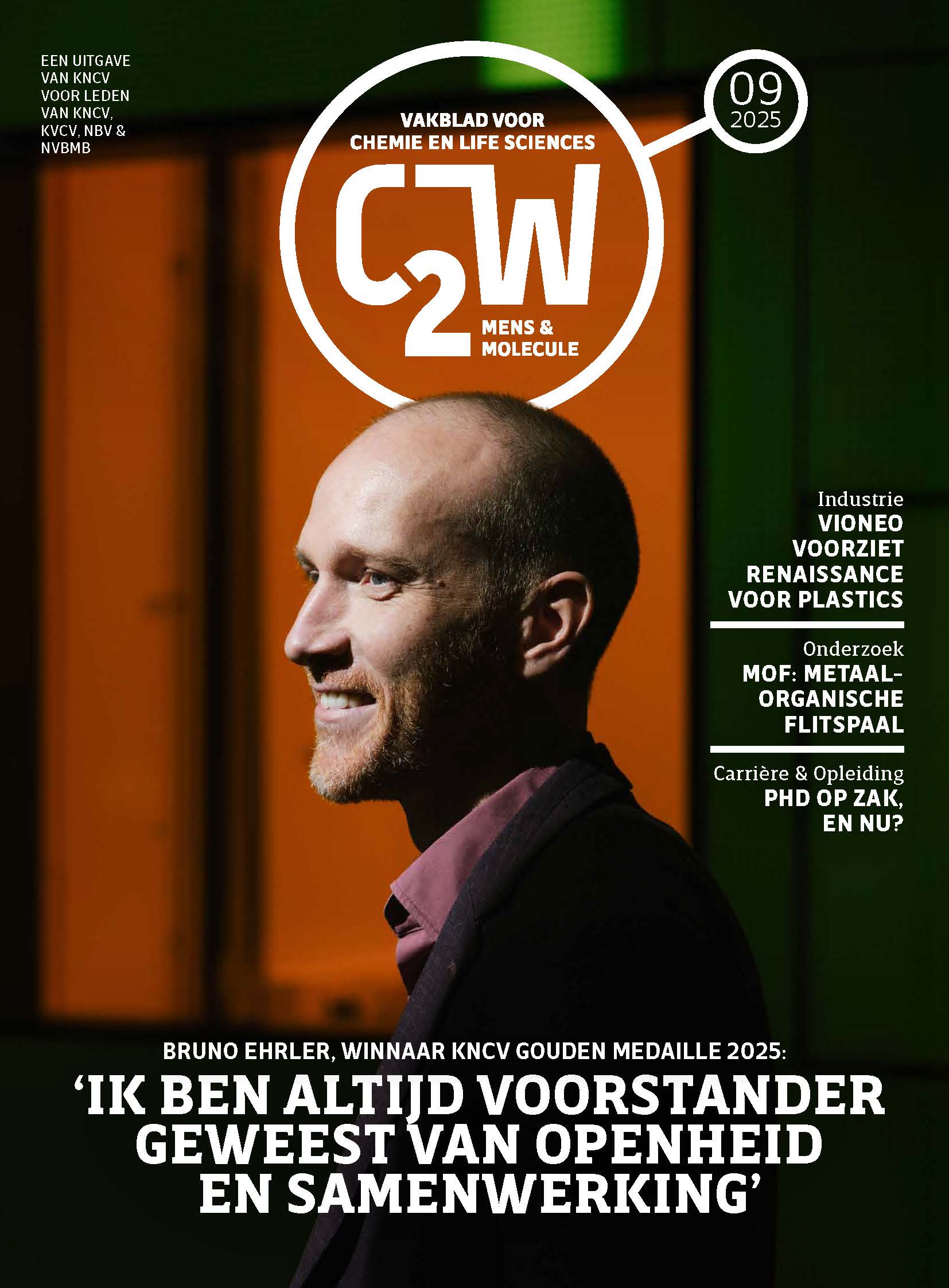Would you like to add an event to this list? Simply register your event using this form.
Nontoxic Clostridium botulinum strains as tools for food safety research and sources of novel bioproducts

3001 Leuven, België
Promovendus/a: Marijke Poortmans
Promotor(en): Prof. dr. ir. Christiaan Michiels
Clostridium botulinum is notorious for its ability to produce the most potent natural toxin known, which causes flaccid paralysis (botulism). Foodborne botulism results from the consumption of products in which the pathogen has been able to multiply and form botulinum neurotoxin (BoNT), and although the incidence of botulism is low, the pathogen is important because it serves as a reference organism for designing safe food formulations, heat treatments and storage conditions. The species consists of bacteria that share the ability to produce BoNT but that are otherwise very heterogeneous, and is subdivided in four groups based on the type of toxin they produce and on physiological and genetic properties. Only strains within group I (proteolytic) and II (nonproteolytic) are known to cause human botulism. Group I strains form endospores which have the highest heat resistance of all foodborne pathogens, whilst group II strains can grow and produce toxins in refrigerated foods at temperatures as low as 3°C. Consequently, the foods of major concern for causing botulism are low-acid canned foods and mildly processed foods that are not (properly) refrigerated for group I strains, and refrigerated mildly processed foods for group II strains. Consumers and the food industry are continuously striving for foods that have been less intensively processed, contain less salt and artificial additives, yet have a long shelf-life, and this stimulates the development of new formulations, ingredients and processing techniques. However, the microbiological safety needs to be guaranteed, and therefore challenge studies with foodborne pathogens may be required to validate these new products. Unfortunately, such studies with C. botulinum are hazardous and complicated by the lack of an effective selective counting medium. Moreover, the high potency of the toxin has also slowed down research into the basic physiology and ecology of these bacteria. Therefore, this study aimed to isolate and characterize naturally nontoxic group I and group II C. botulinum strains and to develop a methodology for C. botulinum challenge studies using these strains as surrogates.
Twenty-two nontoxic group I-like, and 16 nontoxic group II-like strains were isolated and thoroughly characterized phenotypically and genetically. Within both group I and group II, strains with a high salt, acid and cold tolerance for growth, and forming spores with a high heat resistance were identified and marked with an erythromycin resistance gene in a defective structural prophage gene. Further, a selective plating medium for quantitative enumeration of the marked strains, containing erythromycin (Em), cycloserine (Cs), gentamicin (Gm) (and lysozyme for group II strains), was developed. To validate the strains and the medium, a challenge study with a cocktail of three Em-resistant nontoxic proteolytic strains in a nitrite-free fermented sausage was conducted. Little to no germination and growth was observed, even in a worst-case situation with slow acidification, suggesting that nitrite is not required for C. botulinum control in this particular product. The surrogate strains were further used to investigate the effectiveness of four alternative preservatives (Hop β-acids (HBA), lauroyl ethyl arginate (LAE), sodium diacetate and sodium lactate) to control vegetative cell growth and spore germination. It was shown that all the tested compounds inhibited spore germination at concentrations lower or equal to the minimal inhibitory concentration (MIC) against vegetative cells. The four compounds were also tested in a complex food (vol-au-vent) inoculated with a 4-strain spore cocktail of group II surrogate strains and stored at low temperature, but their antimicrobial activity in this matrix was much weaker than in laboratory broth cultures, and the concentrations used could not prevent strong outgrowth after one to two weeks. Lastly, two new sactipeptides, produced by one of the nontoxic group I isolates and highly active against other clostridia, were discovered and characterized, and named clostisactins. Expression of the clostisactins is regulated via the major sporulation transcription factor Spo0A, and they have a bactericidal mechanism potentially initiated by interference with a yet to be elucidated intracellular target causing growth inhibition, prior to permeabilization of the membrane leading to cell death.
We anticipate that the insights generated, and the tools developed in this work will facilitate innovations in the food industry and basic research into C. botulinum.
All Dates
- 2022-11-04 13:30
Powered by iCagenda

